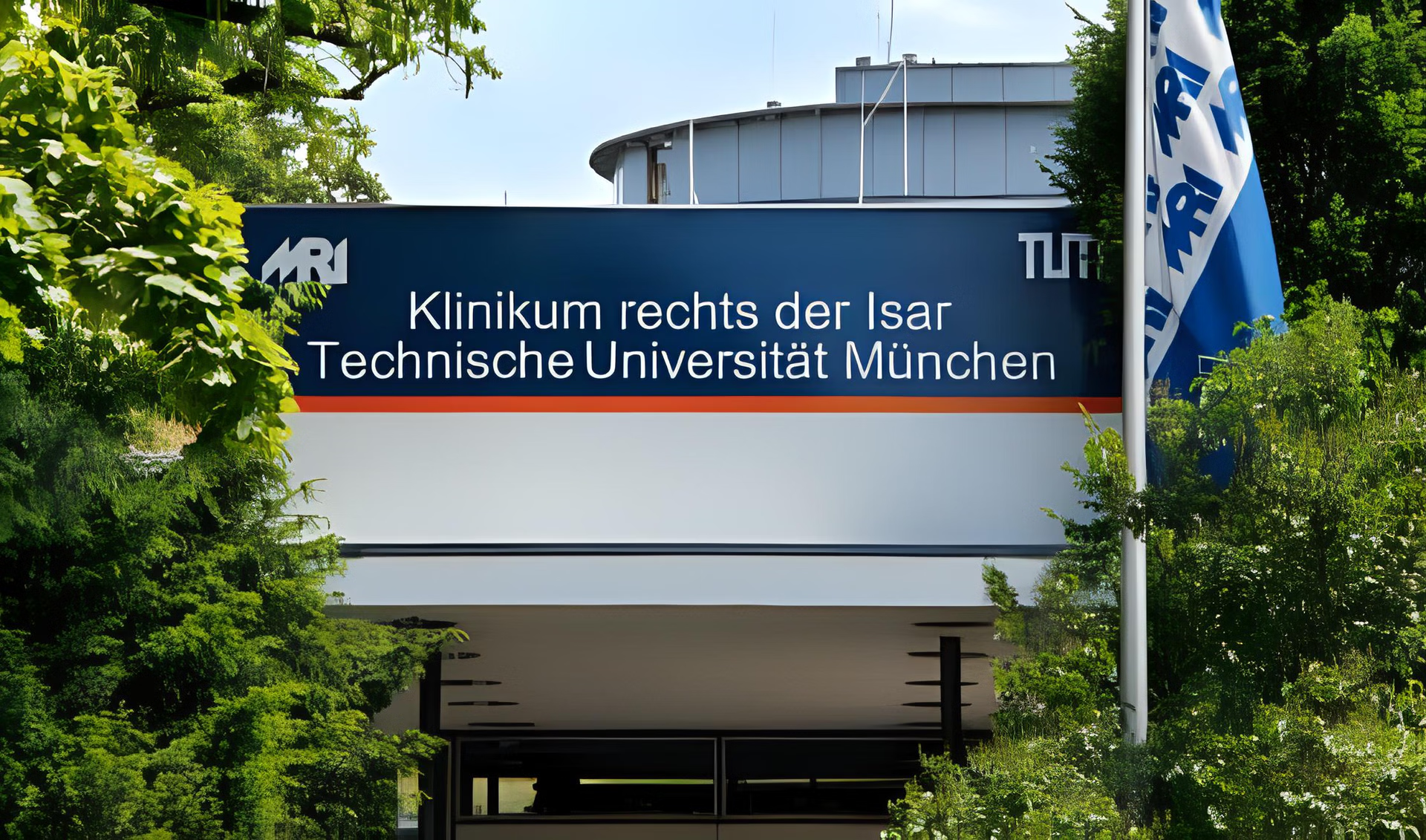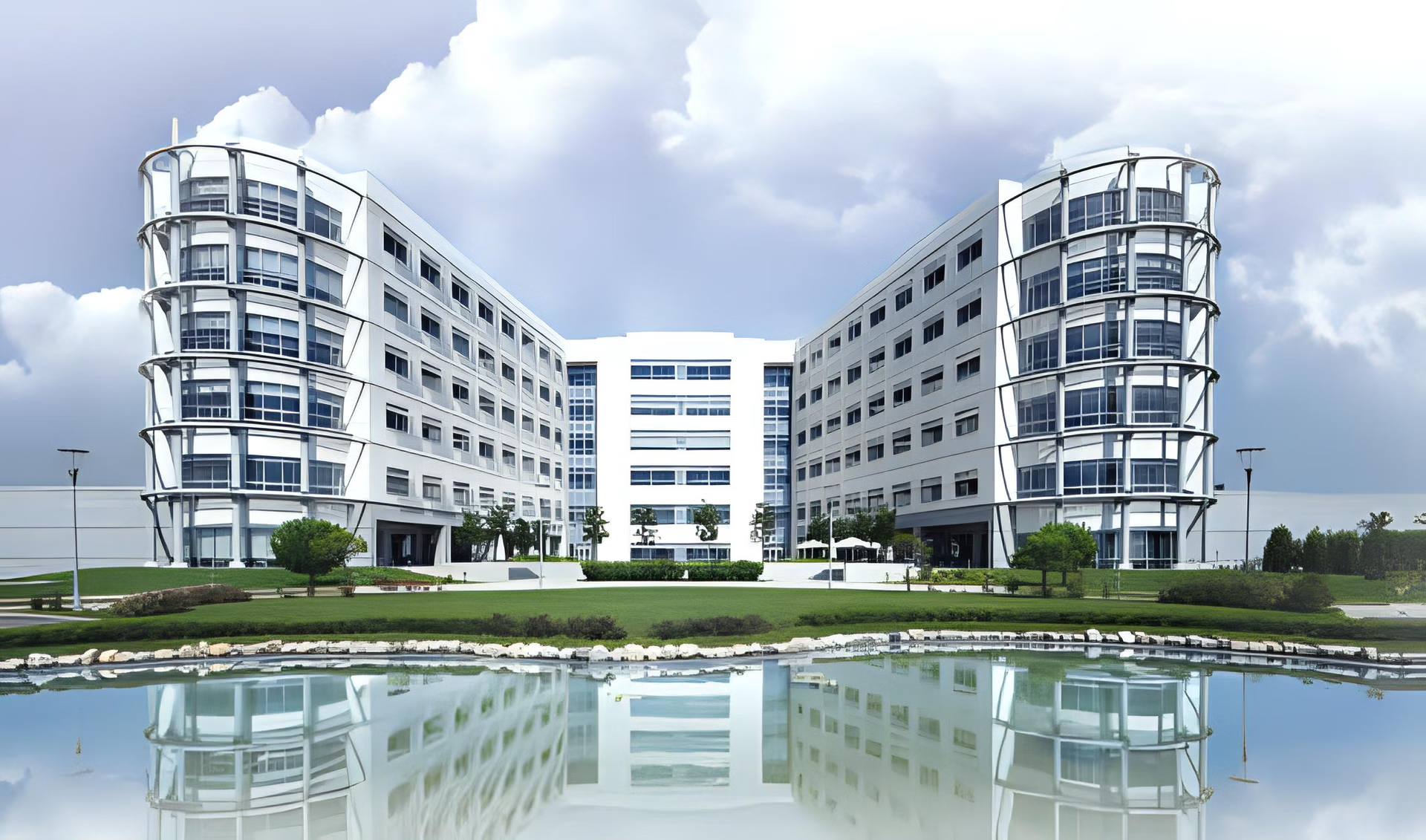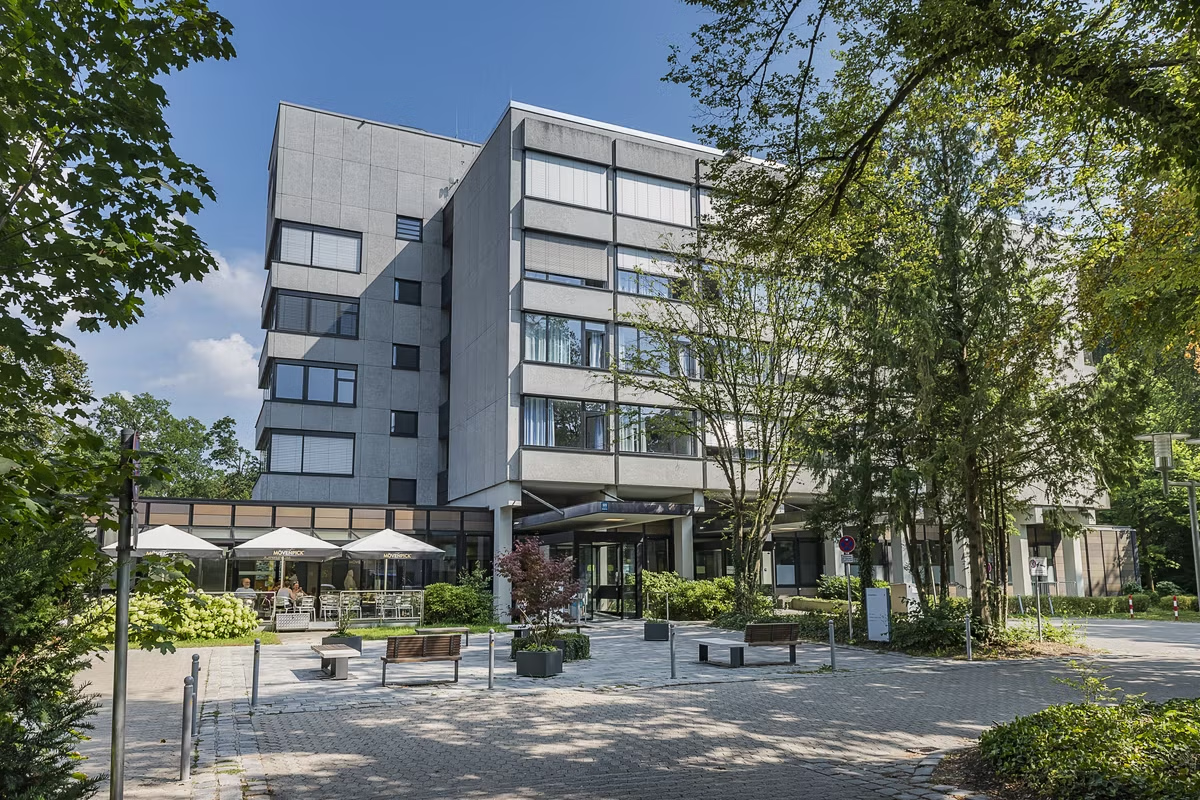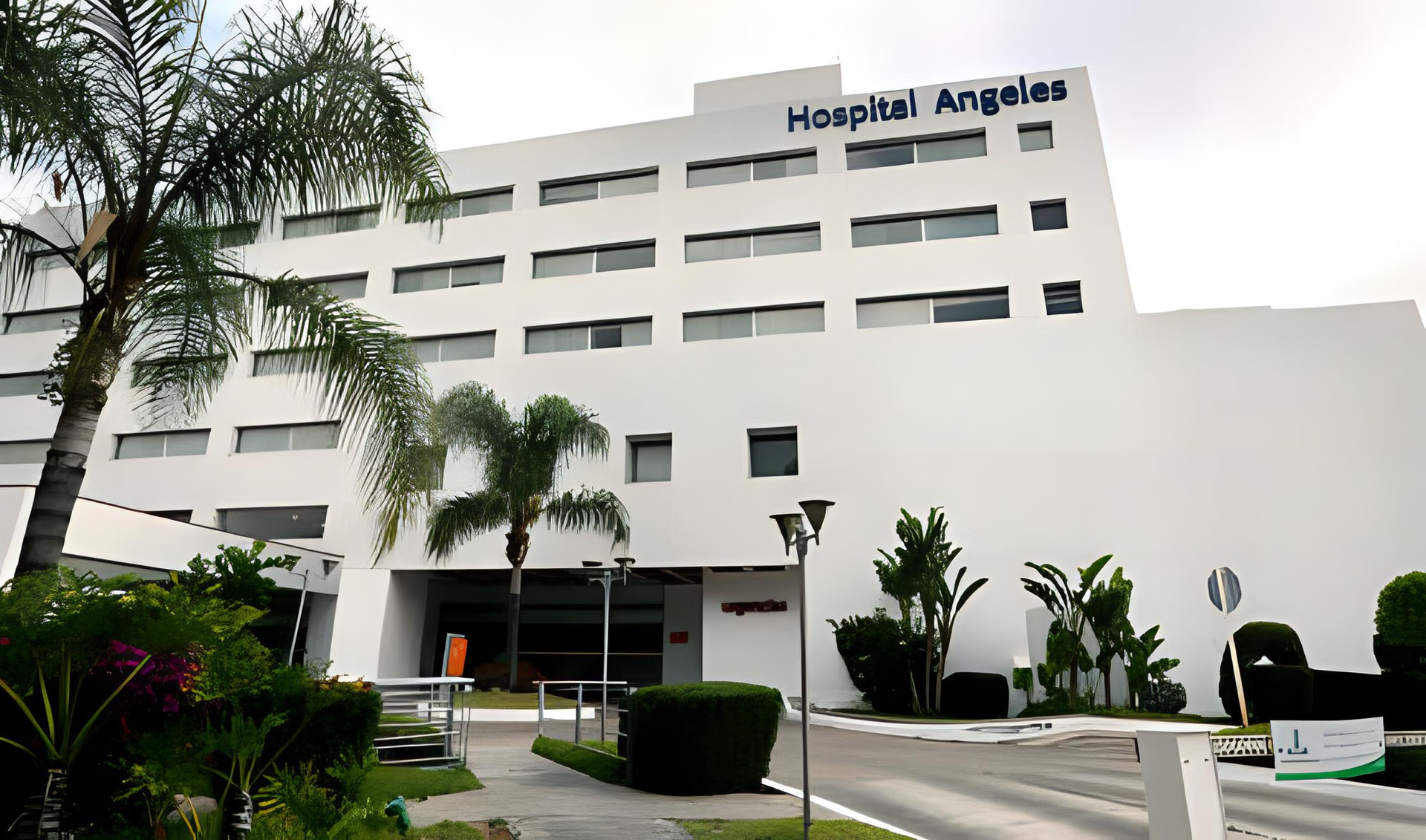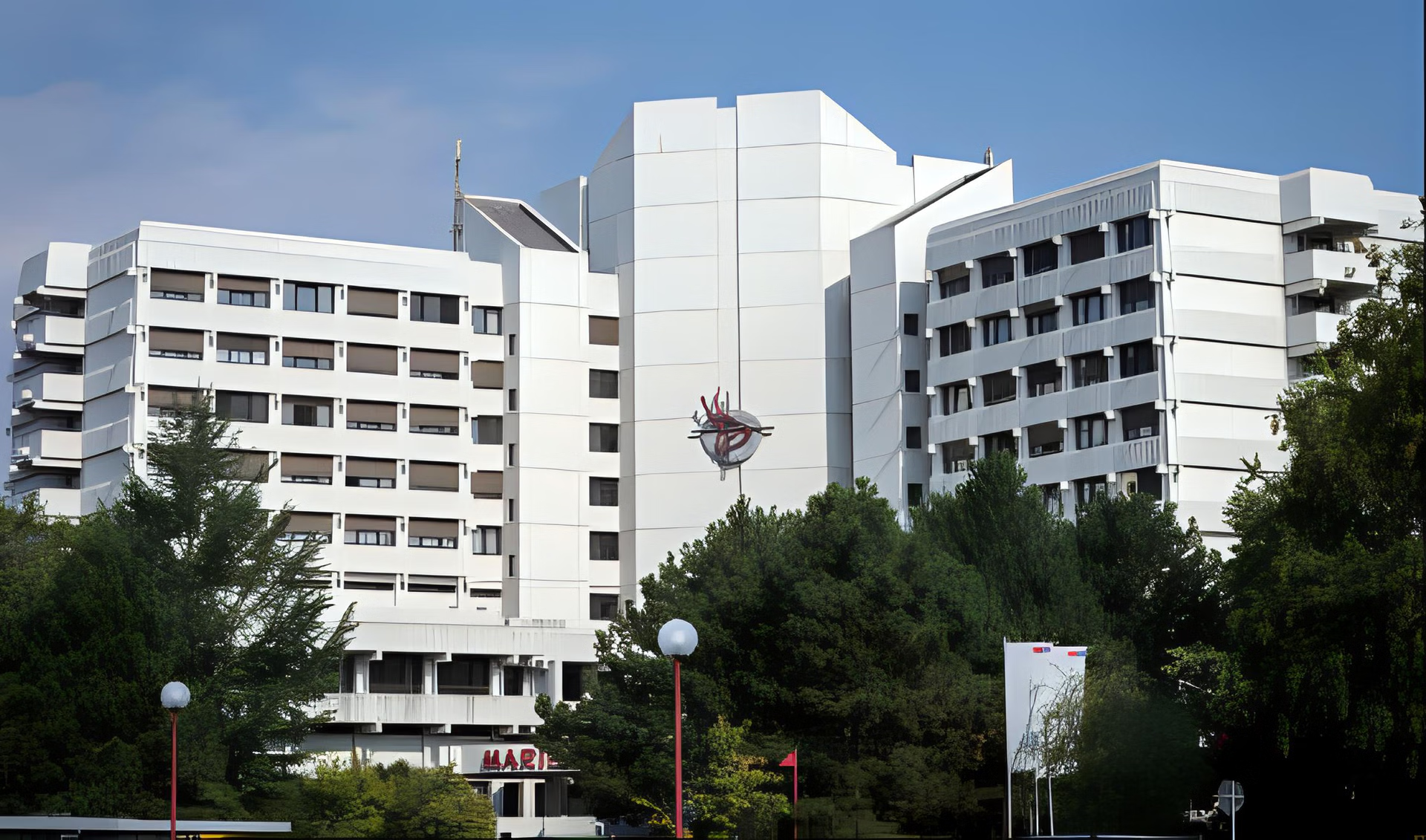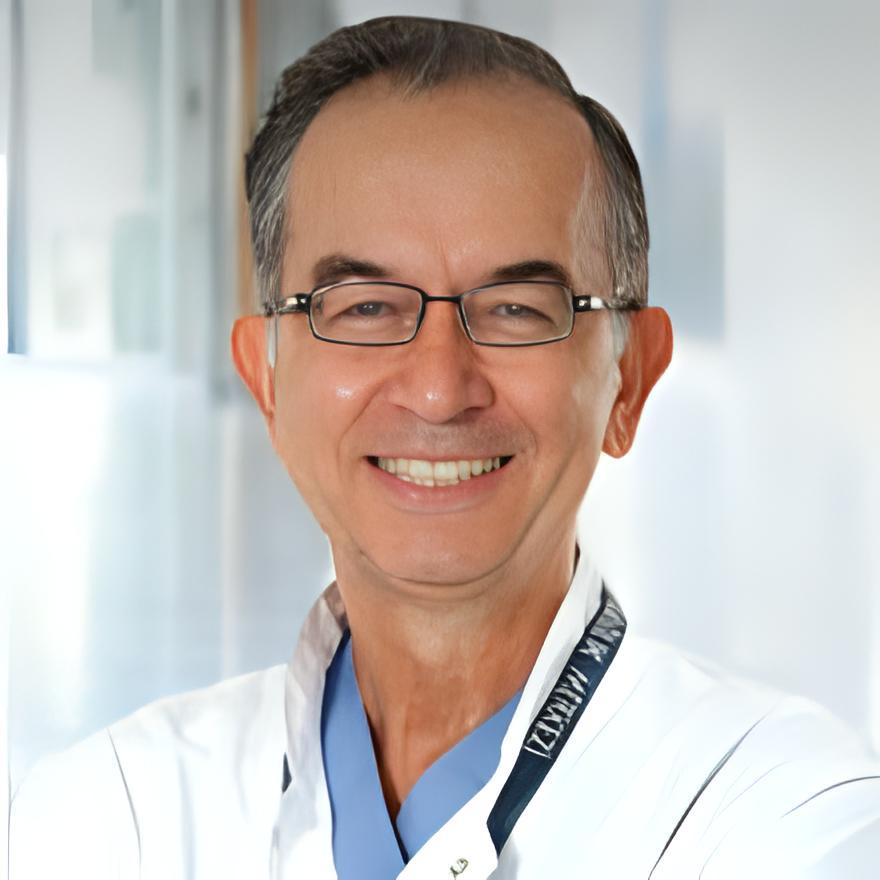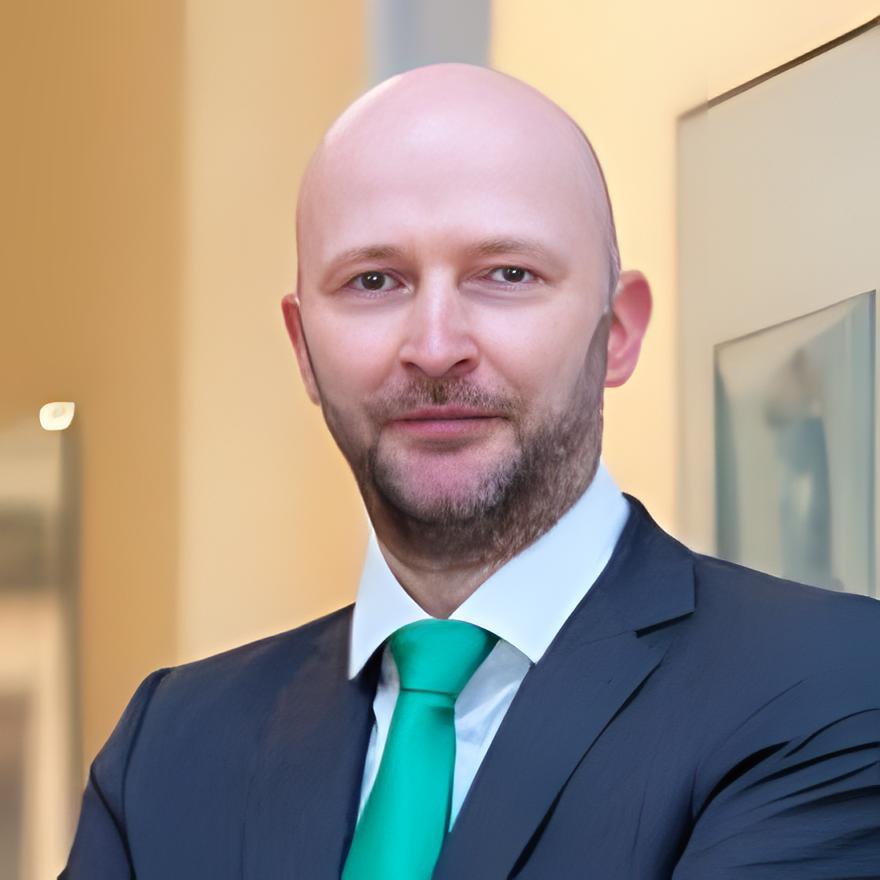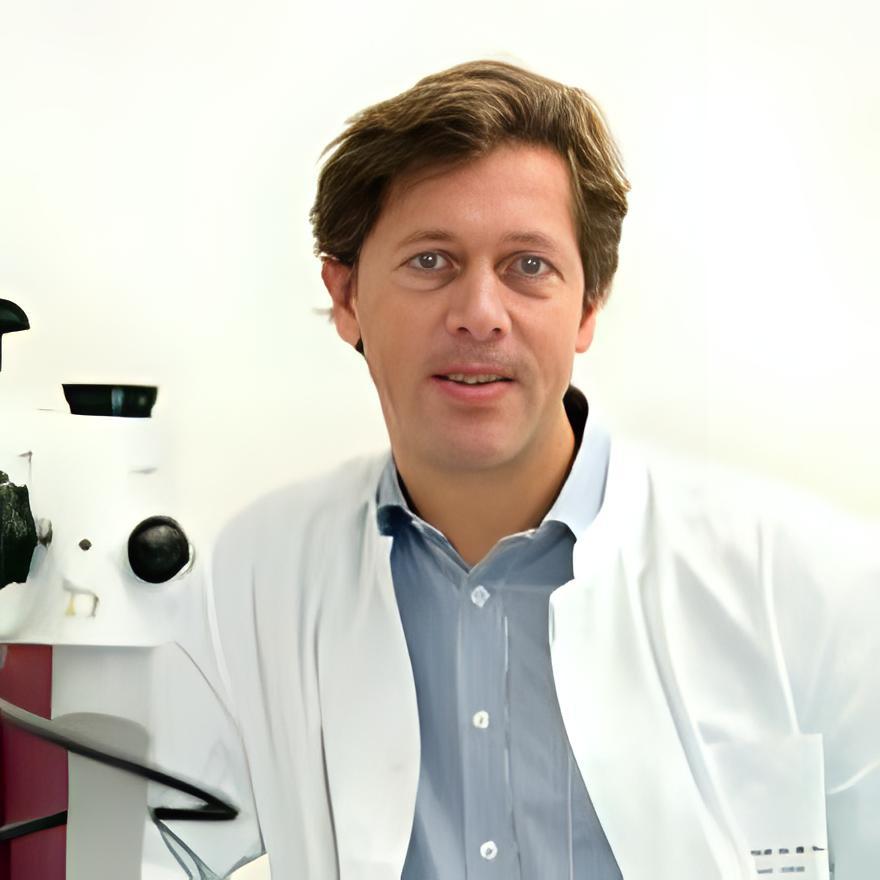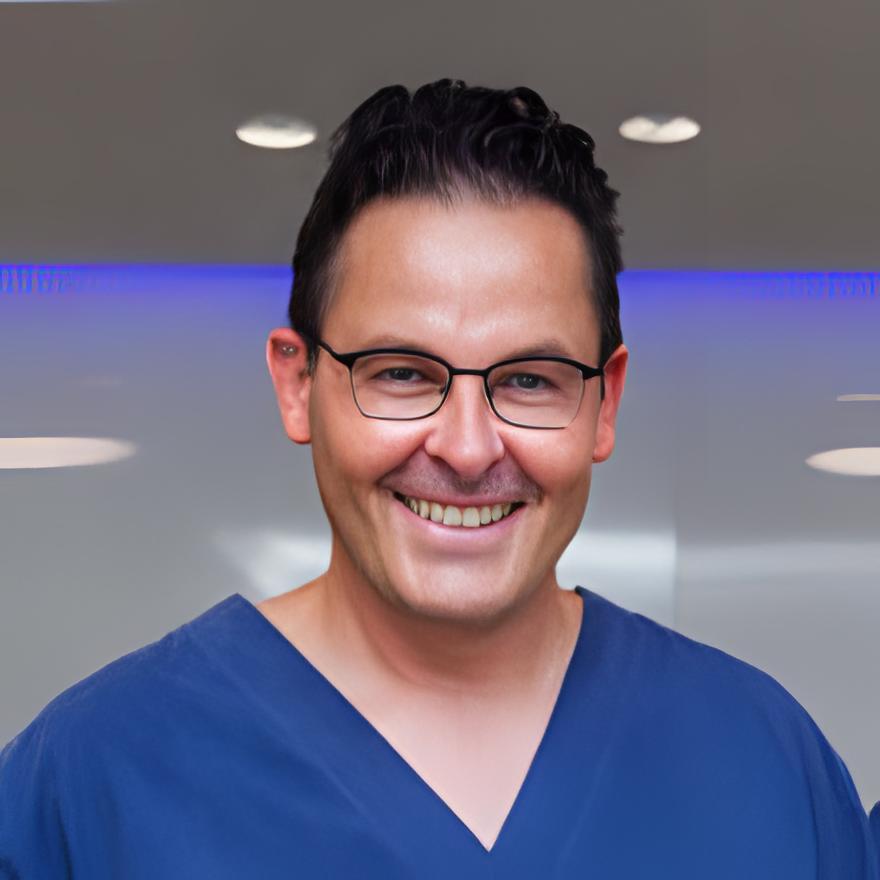Parotid (Salivary) Gland Cancer Guide
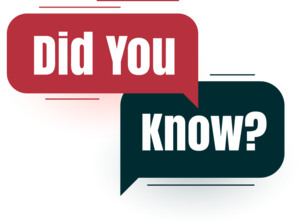
About 80% of all salivary gland tumors are in the parotid gland.
12% of all cases of oral and pharyngeal cancer are related to the parotid gland.
Parotid gland cancer develops simultaneously from both sides of the face in 10-15% of cases.
About 80% of all parotid tumors are benign.
 What is a parotid gland?
What is a parotid gland?
The parotid gland is one of the most prominent salivary glands of the human organism. About 25% of all human saliva is produced by parotid glands. Usually, there are two parotid glands located, each located on the left and the right side of the human face. However, in some cases, two accessory salivary glands might be located near each parotid gland, called accessories glands.
The gland location
If you want to know where the parotid gland is located, you need to place your hand on the back part of your cheek and slide it up to the ear with a bit of pressure. Typically, you should feel a sack-like organ in this area, which also could be felt near the angle of your lower jaw. Each parotid gland has one (most often) or a few ducts that open in the mouth and deliver saliva.
Saliva, produced by each parotid gland, is essential for good digestive processes, as it helps to activate various enzymes and plays a vital role in chewing and swallowing functions. So, it’s necessary to seek medical help in trustworthy medical centers and clinics in case of any issues with the parotid gland.
 What is parotid gland cancer?
What is parotid gland cancer?
Parotid gland cancer is considered a rare disease compared to other cancer locations. Nowadays, salivary gland tumors represent only about 0,3% of all malignancies, and only approximately 1-3 cases among each 100 000 of the population are being affected. Still, due to a specific localization and early symptoms asset, more and more patients are being diagnosed in the early stages of the disease.
About metastatic parotid gland cancer
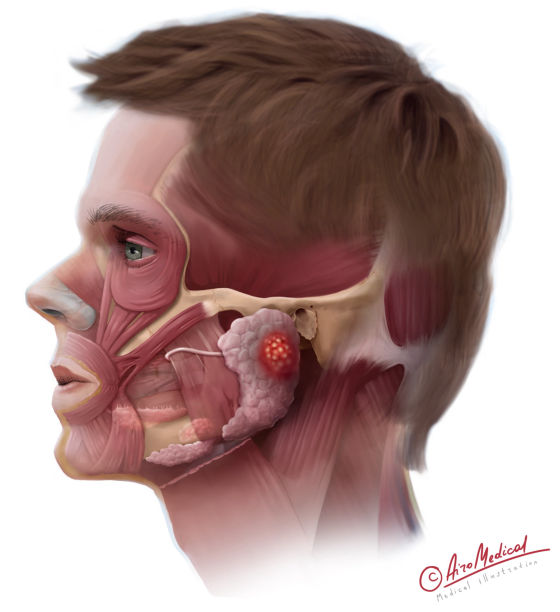 Before understanding where and how parotid cancer can spread, it’s crucial to consider the tumor’s features, stage, and anatomy of the surrounding area. Most often, metastatic lesions occur in the nearest regions below the surface of the primary lesion and (or) have a significant number of lymphatic and blood vessels. For example, here are the most frequent regions where metastasis from parotid gland cancer might appear:
Before understanding where and how parotid cancer can spread, it’s crucial to consider the tumor’s features, stage, and anatomy of the surrounding area. Most often, metastatic lesions occur in the nearest regions below the surface of the primary lesion and (or) have a significant number of lymphatic and blood vessels. For example, here are the most frequent regions where metastasis from parotid gland cancer might appear:
- Lung metastasis. Lungs are the most frequent localization of parotid gland cancer metastasis. About 37,5% of patients with parotid tumors develop lung metastasis.
- Bone metastasis. The facial skull, backbone, and neck area bones are often affected. About 33,1% of all patients with salivary gland tumors with metastasis have bone lesions.
- Liver metastasis. The liver is one of the most frequent distant metastases sites in patients with salivary gland tumors. Around 27% of all patients with parotid tumors who develop distant metastases are diagnosed with metastatic lesions in the liver.
- Brain metastasis. Unfortunately, parotid cancer often spreads to the brain due to the numerous blood and lymphatic vessels connecting the facial and cranial skull. About 8,7% of patients with malignant parotid tumors develop brain metastasis.
Metastatic parotid cancer happens often, and nowadays, up to 21% of all parotid gland cancer cases are represented by metastatic lesions. More than 87% of these parotid tumors arise from the primary site above the clavicle, and about 30% are related to various forms of skin cancer and tumors. Also, it takes 6 to 24 months from the patient’s primary tumor diagnosis before parotid cancer metastatic lesions appear.
Parotid cancer types
Many types of salivary gland tumors might occur in the parotid gland. First, it’s essential to understand that only around 20% of parotid tumors are malignant. Still, benign parotid tumors are also might become malignant in some instances. In addition, treatment and prognosis for patients with parotid tumors might vary significantly depending on the histological features.
Here are a few of the most widely spread types of salivary gland tumors:
- Pleomorphic adenoma. Represents up to 40-60% of all cases of parotid tumors. Pleomorphic adenomas are benign salivary gland tumors with minor changes to develop malignant properties.
- Warthin tumor. These salivary gland tumors represent about 30% of cases and mostly show benign features. Still, they might become malignant in some instances.
- Adenocarcinoma. That is the most widespread type of parotid gland cancer with highly developed malignant properties. About 13-32% of all patients with parotid gland cancer develop adenocarcinomas.
- Mucoepidermoid carcinoma. Mucoepidermoid carcinoma represents about 11-31% of parotid gland cancer cases and shows malignant properties.
- Acinic cell carcinoma. Up to 10-18% of all patients with parotid gland cancer have acinic cell carcinoma. These parotid tumors tend to show malignant features.
 Parotid tumor causes and prevention
Parotid tumor causes and prevention
Parotid tumors are traditionally associated with risk factors that statistically increase their development changes. Among the most critical factors are the following:
What are the main risk factors of parotid gland cancer?
- Sex. There is a slightly more chance of developing salivary gland tumors for men than women ( approx. 1,4 to 1).
- Age. About 70% of parotid gland cancer cases occur in patients over 60 years, while benign salivary gland tumors primarily develop in patients in 40-50 years.
- Smoking. Some studies show that patients who smoke more than 16.1 packs of cigarettes yearly have increased risks of developing parotid tumors.
- Alcohol consumption. People who have more than 7.2 alcoholic drinks a week develop parotid gland cancer more often than those who drink less.
- Obesity. Most patients with salivary gland tumors have BMI (body mass index) over 26.2. The chances of developing parotid tumors increased with the severity of obesity and total calorie intake.
- Chemical exposure. People who worked extensively with asbestos, wood dust, arsenic salts, mustard gas, chromium salts, welding, vinyl chloride, cadmium salts, asphalt, benzene, mineral oils, benzidine, isopropyl oil, dyestuffs, pesticides, and herbicides during their life have increased risk of developing parotid tumors.
Other general factors also show some influence and increase the risk of developing parotid tumors. For example, among them are increased radiation exposure, increased consumption of junk food, and continuous deficiency of vitamins.
How to prevent parotid tumors?
Nowadays, no specific ways can help prevent parotid gland cancer with 100% efficiency. Still, modifying a lifestyle and increasing the overall quality of life can decrease the risk of developing salivary gland tumors. Among statistically proven methods that can help to reduce the chances are the following:
- Increased physical activity. People with more than 30 physical activity sessions per month develop salivary gland tumors more rarely than those who don’t have physical activity.
- Decrease body weight. People with a BMI under 26 show fewer changes to developing salivary gland tumors.
- Diet. Decreasing a total calorie intake by less than 10,747 kcal a week can help to reduce the chances of developing parotid tumors. Also, people who regularly eat vegetables or drink juice have fewer changes in developing salivary gland tumors.
- Avoid chemical and radiation exposure. Avoiding chemical and radiation exposure can significantly decrease the probability of parotid tumor development.
Also, it would help if the patient with salivary gland tumors would stick to these prevention methods after the successful treatment. They will help to prevent parotid gland cancer recurrence and increase the overall survival time. In addition, cancer screening methods (including self-inspection, cancer profiling, etc.) can help to detect salivary gland cancer in its early stages and be aware of increased risks of possible tumor development.
 Symptoms of parotid gland cancer
Symptoms of parotid gland cancer
Mostly, all salivary gland tumors share the same symptoms. Still, due to the significant volume and size of the parotid gland, all signs will be more severe and often might appear earlier in the case of parotid gland cancer.
Parotid cancer signs
Here are the most frequent symptoms of parotid tumors:
- Lumb on the back of the face. The parotid gland lays pretty shallowly under the skin, so even the smallest increase in size can often be spotted with the naked eye. About 75% of patients have 1-4 cm of malignant mass in the parotid gland.
- Pain. Pain often occurs due to the pressure of parotid tumors on the surrounding tissues and nerves.
- Neurological symptomatic. Numbness, weakness of muscles, and even palsy might occur on the same side of the face where parotid gland cancer is located.
- Swallowing difficulties. Due to the decreased saliva production and additional mass in the mouth, patients with salivary gland tumors often experience swallowing difficulties.
Paraneoplastic syndromes (specific changes in immune status and other health changes that follow up most cancer) and cachexy (body weight decrease, losing appetite, low energy) are signs of parotid cancer spreading across the body. They often occur in the late stages of the disease and require additional treatment and medical care.
 Parotid cancer diagnostic and stages
Parotid cancer diagnostic and stages
The diagnostic process of salivary gland tumors starts with an oncologist appointment. During a meeting, they carefully review the previous patient’s medical records, obtain information about the symptoms, ask about current health status, and conduct a physical examination.
ENT examination is also required to understand the current tumor condition better. It’s also can help to guess how deeply parotid gland tumors might spread and plan the volume of the further diagnostic procedure.
Diagnostic tests
Finally, to verify the diagnosis of parotid tumors, medical practitioners might prescribe the following diagnostic procedures:
- Fine needle aspiration cytology (FNAC). During FNAC, doctors use 25-gauge needles to obtain a small portion of the tumor mass for further examination. This method shows a 96% efficiency in confirming the diagnosis of salivary gland tumors.
- Ultrasound examination. Due to a specific localization of the parotid gland, ultrasound is a great way to obtain more information about parotid tumors. The method shows up to 85% of specificity in verifying salivary gland tumors.
- MRI, CT, PET-CT. These methods of medical imaging are handy for patients who developed metastatic lesions. For example, PET-CT with F-18 fluorodeoxyglucose is believed to be the most effective method to detect distant metastases.
- Parotid gland cancer markers. Blood tests for parotid tumors’ markers are helpful for both verifying diagnosis and creating the most suitable treatment plan. Nowadays, there are more than 150 various biochemical markers that can help to verify salivary gland tumors.
Before starting further treatment, doctors must also evaluate the patient's general health status. So, it’s always also essential to undergo a general health check-up to decrease the probability of complications during treatment and avoid unnecessary side effects. In addition, a complete blood count, evaluation of kidney and liver functions, erythrocyte sedimentation rate, and various medical imaging procedures might also be handy.
Parotid cancer staging
The staging of salivary tumors is based on the TNM system. It considers the volume and size of primary tumors (T), the condition of the lymphatic nodes (N), and confirmed metastatic lesions over the patient’s body (M). Based on this information, there are four stages of parotid tumors. Different stages require varying treatment approaches and have varying prognoses.
- Stage 1. Parotid gland tumor is less than 2 cm, and nearby tissues don’t involve in the process.
- Stage 2. The tumor is 2-4 cm, and nearby tissues don’t involve in the process.
- Stage 3. The tumor is larger than 4 cm and (or) spreads to nearby tissues and nearest lymphatic nodes.
- Stage 4. The tumor might be of any size but spread to the distant lymphatic nodes or develop metastases.
Salivary gland tumors, especially those showing benign features and in the early stages of development, often might be misdiagnosed and treated like an inflammatory disease. That’s why it’s always essential to seek second opinions from experienced medical practitioners and try to get help and an appointment with verified doctors who are known worldwide.
Countries with the best parotid glands cancer treatment
 What is parotid cancer treatment?
What is parotid cancer treatment?
Medical practitioners developed lots of treatment methods for patients with salivary gland tumors. Still, the efficiency of the treatment significantly depends on the disease stage, histological features, and the patient’s health status. Here are the most frequently used options for patients with parotid gland cancer:
Parotid gland cancer surgery
Partial parotid removal
Partial removal of the parotid gland can help to save at least a part of the salivary gland but is traditionally associated with a 20% recurrence rate after the surgery. Still, partial removal can help prevent severe complications, including face palsy.
Total parotid removal
That method of parotid gland cancer surgery treatment is associated with fewer recurrence rates but often results in post-surgery complications. In most cases, surgeons try to avoid total parotid removal. For example, only 4% of patients with parotid tumors at John Radcliffe Hospital in Oxford undergo total parotid gland removal.
Chemotherapy
Most oncologists consider chemotherapy one of the most effective methods for late-stage salivary gland tumors. Treating parotid gland cancer with chemotherapy shows a more than 50% response rate and might vary significantly depending on histological features.
Immunotherapy
Immunotherapy aims to activate the patient’s immune response and enhance their ability to fight cancer development. As a result, immune drugs might often become an alternative for patients with advanced parotid tumors who can’t undergo chemotherapy. For example, around 58% who underwent immunotherapy with Pembrolizumab achieved disease control.
Targeted therapy
Targeted drugs aim to interrupt the income of substances vital for further tumor development and growth. As a result, it becomes possible to undergo other treatment methods when the tumor shrinks. Nowadays, many various options for targeted therapy are available. For example, 50% of patients with parotid tumors who underwent targeted therapy with cetuximab achieved significant clinical benefits.
Conventional radiotherapy
Radiation therapy for parotid gland cancer often uses as a method of so-called adjuvant treatment (the technique chosen in addition to other treatment options) as it helps decrease the probability of cancer recurrence. Still, sometimes it might be used as a primary treatment method. Radiotherapy helps to achieve clinical response for 64,7% of patients.
Also, about 70% of patients who undergo surgical treatment of parotid glands reported changing face appearance. So, seeking a plastic surgeon's help might be handy in case of similar complications.
Best clinics for parotid tumors treatment
 New treatment options for parotid tumors
New treatment options for parotid tumors
Many existing therapy methods don’t have a wide presence all over the globe due to their innovative nature. Additional funding, medical practitioners' training, and new, expensive medical apparatuses and materials are required to implement most of them.
Still, AiroMedical can help patients to know more about innovative treatment options and gather an extensive database of clinics, hospitals, and medical practitioners already using these methods. Here are some of the most promising new treatment options for parotid tumors:
Latest radiation treatment
Radiosurgery
Radiosurgery uses complex apparatuses that help to focus ionizing exposure and prevent the trauma of healthy tissues near the tumor’s site. Radiosurgery with GammaKnife helps achieve an 82% increase in disease local control rate for patients with salivary gland tumors versus patients who undergo traditional treatment.
Proton beams
Proton therapy uses focused beams of particles (mainly protons) that can destroy tumors all over the human body with minimal impact on healthy tissues. After proton therapy, patients with salivary gland tumors show up to 96% of disease local control.
Advanced local options to destroy a tumor
Parotid cancer ablation
Doctors use various impact factors (microwave, radiofrequency, etc.) to destroy tumor tissues during ablation. Nowadays, different ablation methods are available. For example, patients with parotid tumors who undergo microwave ablation reported an 82% decrease in tumor size during the first three months after the treatment.
Transarterial chemoembolization (TACE)
Interventional radiologists reach blood vessels that deliver blood to the salivary gland tumors via big arteries and inject specific chemical substances that prevent blood flow to the tumor’s tissues. TACE helps to shrink metastatic lesions in the liver by up to 41%, which allows the patient with a primary salivary gland tumor to undergo surgery next. Many practitioners use the method for other locations as an alternative to traditional chemotherapy.
The new approach to stimulating the immune system
Dendritic cell-based cancer vaccine
Dendritic cancer vaccines help to activate antigen-specific T-cells response and help to increase the survival rate among patients with cancer. Dendritic cell-based vaccination helps to increase the efficiency of immune response by up to 70% for patients with metastatic salivary gland tumors.
CAR T-cell therapy
Chimeric antigen receptors (CAR) are the main parts of T-cells that increase the general anti-cancerous properties of these cells. During CAR T therapy, doctors artificially increase the number of CAR-reach T-cells in the patient’s organism by up to 79% compared to previous measurements.
Many innovative treatment methods currently undergo various phases of clinical trials and might require patients with parotid tumors that want to participate. AiroMedical can help find more information about these trials and help patients with parotid gland cancer join some of them. Please, contact us if you want to know more about available innovative treatment options and participation in clinical trials.
Best parotid gland cancer specialists
 Parotid cancer statistics and prognosis
Parotid cancer statistics and prognosis
Because most patients with salivary gland tumors are diagnosed in the early stages of the disease and start the treatment process before developing severe outcomes, parotid gland cancer prognosis might be generally called positive.
Survival rate on the chart
Still, the 5-year survival rate drops significantly as the stage of the disease increases. Here is the data chart that shows the patients with cancer of the parotid gland survival rate depending on the stage of the disease:
- Stage I: The 5-year survival rate is 91%
- Stage II: The 5-year survival rate is 75%
- Stage III: The 5-year survival rate is 65%
- Stage IV: The 5-year survival rate is 39%
Still, many other factors might significantly impact how long a parotid cancer patient lives. Among them is a histological type of salivary gland tumor, the general health status of the patient, and, most importantly, timely and suitable treatment.
Statistics for parotid cancer treatment
Surgery remains the method of choice for patients with parotid tumors. Unfortunately, only 40% of patients can partially remove the parotid gland, while 24% require removal of the nearest nerve in addition to complete removal of parotid cancer. A combination of radiation and chemotherapy following surgery remains the most popular method of adjuvant therapy and is assigned to 23% of patients.
It’s essential to seek medical practitioners' guidance and help to increase the quality and longitude of life. AiroMedical can help patients with parotid gland cancer find the best treatment options worldwide, so don’t hesitate to ask for advice.
References:
- Shang J, Wu Y, Wang W, Wang K, Ge M. Analysis of prognostic risk factors and treatment of parotid cancer. Oncol Lett. 2012;3(6):1307-1310. doi:10.3892/ol.2012.668
- Ho K, Lin H, Ann DK, Chu PG, Yen Y. An overview of the rare parotid gland cancer. Head Neck Oncol. 2011;3:40. Published 2011 Sep 14. doi:10.1186/1758-3284-3-40
- Thielker J, Grosheva M, Ihrler S, Wittig A, Guntinas-Lichius O. Contemporary Management of Benign and Malignant Parotid Tumors. Front Surg. 2018;5:39. Published 2018 May 11. doi:10.3389/fsurg.2018.00039
- Sood S, McGurk M, Vaz F. Management of Salivary Gland Tumours: United Kingdom National Multidisciplinary Guidelines. J Laryngol Otol. 2016;130(S2):S142-S149. doi:10.1017/S0022215116000566
- Pan SY, de Groh M, Morrison H. A Case-Control Study of Risk Factors for Salivary Gland Cancer in Canada. J Cancer Epidemiol. 2017;2017:4909214. doi:10.1155/2017/4909214
- Renehan AG, Gleave EN, Slevin NJ, McGurk M. Clinicopathological and treatment-related factors influencing survival in parotid cancer. Br J Cancer. 1999;80(8):1296-1300. doi:10.1038/sj.bjc.6990501
